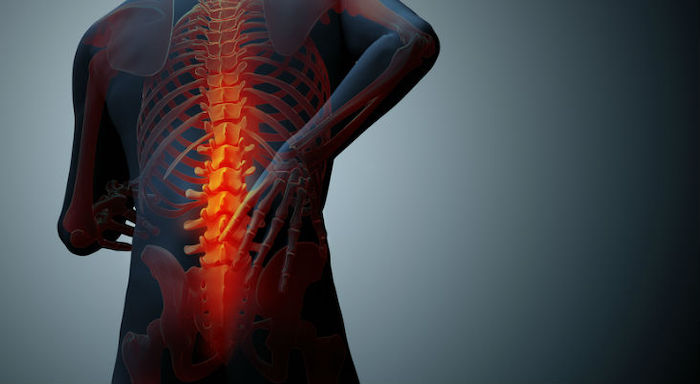
Back Pain Caused By Wear & Tear on the Spine
Spinal stenosis is a condition that typically develops very slowly as we get older, usually occurring after the age of 50. There are cases, however, where the curvature of the spine (scoliosis) or congenital factors may lead to spinal stenosis in younger individuals.
The majority of cases of spinal stenosis occur in the lower or lumbar spine. Slippage and misalignment of the vertebrae, known as spondylolisthesis, can also be a cause of spinal stenosis. The most common symptom of spinal stenosis is cramping or aching in the calves. As the condition advances, it becomes increasingly difficult to stand and walk due to the intensity of the resulting leg pain.
If you suffer from the challenges of spinal stenosis, our board-certified pain management Doctor can help relieve your pain without surgery, provide a treatment plan tailored to your needs, and restore your quality of life.
Symptoms
Understanding the range of spinal stenosis symptoms is key. While spinal stenosis can develop any place within the spinal column, it most often occurs in the lumbar (lower) spine and, to a lesser extent, the cervical spine (neck). The location and severity of spinal stenosis determine the type of symptoms you may develop and how it is treated.
Common symptoms include:
- Cramping or aching in the calves that impairs walking, often confused with a circulation problem
- Tingling, numbness, or pain that radiates from the low back into the buttocks and legs
- Neck or low back pain
- Pain, numbness, tingling, or cramping in the arms
- Weakness in the arms or legs
Diagnosis
Proper diagnosis starts with an experienced pain management doctor. The type of pain that you may have with spinal stenosis can be similar to the symptoms of several types of disorders. Accurately determining the correct source of your pain is critical to successful treatment. Diagnosis involves the following:
- Begins with a thorough clinical evaluation
- Including a complete medical history, analysis of your symptoms, and physical examination
- Testing may include x-rays, MRI and/or CT scans, and electro-diagnosis (EMG)
- These advanced diagnostic techniques definitively pinpoint the source of pain
Possible Treatments
- Epidural Nerve Block
- Facet Joint Injections
- It Pump
- Mild Procedure
- Platelet Rich Plasma (PRP Therapy)
- Selected Nerve Root Injections (SNRI)
- Spinal Cord Stimulation
Precision Pain Care and Rehabilitation has two convenient locations in Richmond Hill – Queens and New Hyde Park – Long Island. Call the Richmond Hill office at (718) 215-1888, or (516) 419-4480 for the Long Island office, to arrange an appointment with our Interventional Pain Management Specialist, Dr. Jeffrey Chacko.













